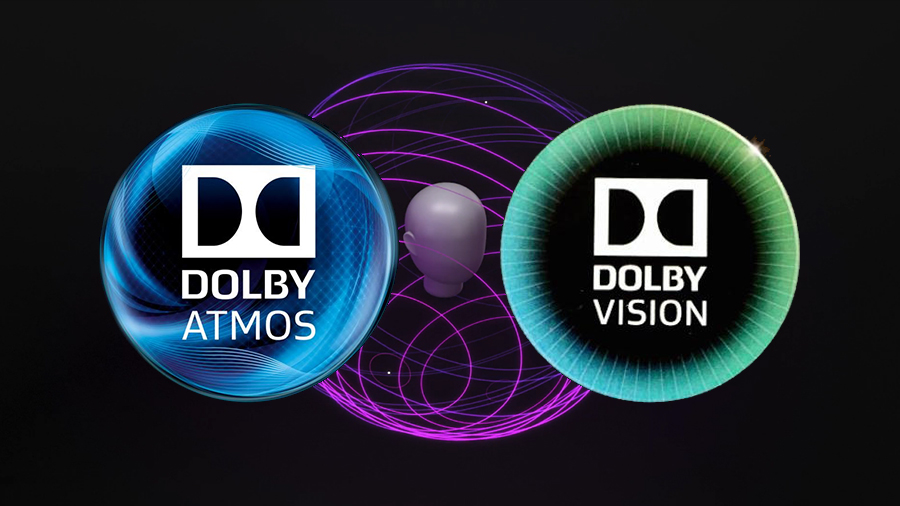

Pity the hapless consumer sent out to choose a new television set in 2017: there are enough specifications, abbreviations, trademarked names, acronyms and other technical terms out there to have you thoroughly confused about which model's right for you.
We're here to explain two of them in more detail - Dolby Atmos and Dolby Vision. They cover both the audio quality and the picture quality you can expect from your new TV, and if you see these two terms in a spec listing, then here's exactly what they're referring to.
Who's Dolby anyway?
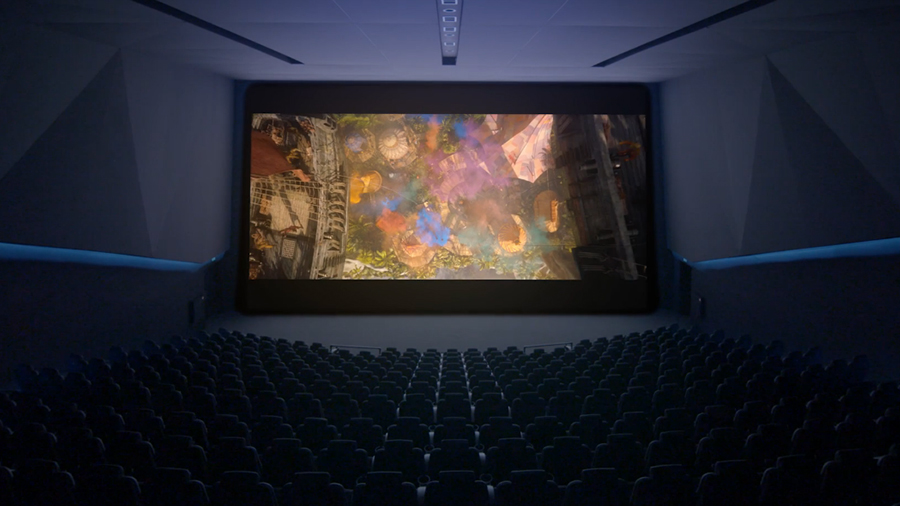
The Dolby Laboratories company works on all kinds of audio and visual technology, covering everything from mobile phones to cinema screens.
Founded in 1965 by engineer and inventor Ray Dolby, the firm started out building kit for professional recording studios, before moving into the consumer market as well, and licensing out its technology to other companies.
In its early years Dolby focused on noise reduction and quality improvements for film audio, with Kubrick's 1971 movie A Clockwork Orange the first to be released with Dolby sound. Through the subsequent decades, Dolby standards became commonplace inside cinemas and then on consumer equipment like televisions and speakers too.
Atmos and Vision are two of Dolby's more recent innovations, covering specific standards in sound and video.
Dolby Atmos explained

In the words of Dolby, Dolby Atmos is "moving audio that flows all around you with breathtaking realism" - ultra-immersive, high-quality sound essentially.
Sign up to the T3 newsletter for smarter living straight to your inbox
Get all the latest news, reviews, deals and buying guides on gorgeous tech, home and active products from the T3 experts
You could think of it as surround sound taken to the max, with content creators given the opportunity to place sounds very precisely in three-dimensional space. One recent Dolby Atmos experiment involved a football match: viewers at home could feel the roar of the crowd all around them in every direction, if they had the right setup at home.
That setup is important, and you need compatible gear, though Dolby Atmos is also available at the cinema and on mobile devices - in the case of phones, reproduced through headphones rather than speakers dotted around your living room.
Any speaker set with the Dolby Atmos badge will be able to reproduce 360-degree sound, though obviously the more speakers you have the better - build them into the ceiling of your home cinema room and the effect of sounds coming from above you is that bit more realistic.
And realism really is at the centre of everything Dolby Atmos is about - as well as immersive sound, it also includes a host of tweaks and enhancements to reproduce the original audio as accurately as possible.
If Dolby Atmos is supported down at your local multiplex, then you can look forward to that 3D audio experience across as many as 64 different channels.
Movies have been produced to the Atmos standard since Disney Pixar's Brave in 2012, and at home the technology is available through regular Blu-ray players and streaming services - there's a list here of content you can check out.
Dolby Vision explained

"Dolby Vision transforms your cinema and TV viewing experiences with astonishing brightness, contrast and colour," say the people behind it. That all sounds very good on paper - but what exactly is it?
First of all it's not reliant on the number of pixels in your picture or the framerate of whatever you're watching. At its core it's a souped-up version of HDR (High Dynamic Range), designed to get you the best possible picture on your television.
This is done with extra colour and contrast information in each pixel, plus dynamic adjustments that change to suit your display while you're watching.
As with Dolby Atmos, the technology is available at the cinema or in your own home, provided you're buying gear with the Dolby Vision badge of approval on it. Both Amazon and Netflix offer some content in the Dolby Vision standard, while it's also available through Blu-rays and other sources.
With its 12-bit colour depth, Dolby Vision is capable of producing some 68 billion colours, though it is an end-to-end production standard - that means content needs to be filmed and processed to the Dolby Vision standard, as well as displayed correctly.
Another area where Dolby Vision excels is in brightness - up to 10,000 nits of it at its peak. No television set currently on the market can reach that level, so it's future-proofed as well, and should be around for a long while to come.
A number of TVs from LG and Sony already support Dolby Vision, and there are more on the way. Its take-up in movie theatres has been less of a success, but it's still a relatively new standard, and has time on its side.
Why they matter

For the very best audio and video experience - whether you're sat at home or heading down to the local multiplex - Dolby Atmos and Dolby Vision are certainly worth bearing in mind.
Atmos is the older technology, having been around since 2012, and it's also the one you're likely to come across most often: for example, unlike Dolby Vision, it's fairly easy to find a cinema that has some Atmos-compatible kit installed.
Both standards are proprietary and managed by Dolby, which means the company is relying on others to implement Atmos and Vision in their cinemas or home cinema kit. Right now it's not clear that either will become as dominant as some of Dolby's other tech, but time will tell.
If you're heading out shopping, it's worth noting that Dolby Vision TVs also support HDR10, the latest non-Dolby HDR standard, but the reverse isn't true - so a HDR10-capable set won't support the Dolby Vision standard.
- Ready to buy that new TV? Here are our picks for 2017
Dave has over 20 years' experience in the tech journalism industry, covering hardware and software across mobile, computing, smart home, home entertainment, wearables, gaming and the web – you can find his writing online, in print, and even in the occasional scientific paper, across major tech titles like T3, TechRadar, Gizmodo and Wired. Outside of work, he enjoys long walks in the countryside, skiing down mountains, watching football matches (as long as his team is winning) and keeping up with the latest movies.
-
 These speakers give you Dolby Atmos surround sound without ruining your home decor
These speakers give you Dolby Atmos surround sound without ruining your home decorTCL's surround speakers make full Dolby Atmos audio much easier to attain
-
 The LG OLED TV I wish I owned just fell to its lowest-ever price on Amazon
The LG OLED TV I wish I owned just fell to its lowest-ever price on AmazonThe LG G4 is hugely discounted on Amazon right now
-
 LG QNED91 review: LG upgrades its Mini-LED endeavours
LG QNED91 review: LG upgrades its Mini-LED endeavoursLG doesn't only do OLED – the QNED91 shows it can do Mini-LED very well too
-
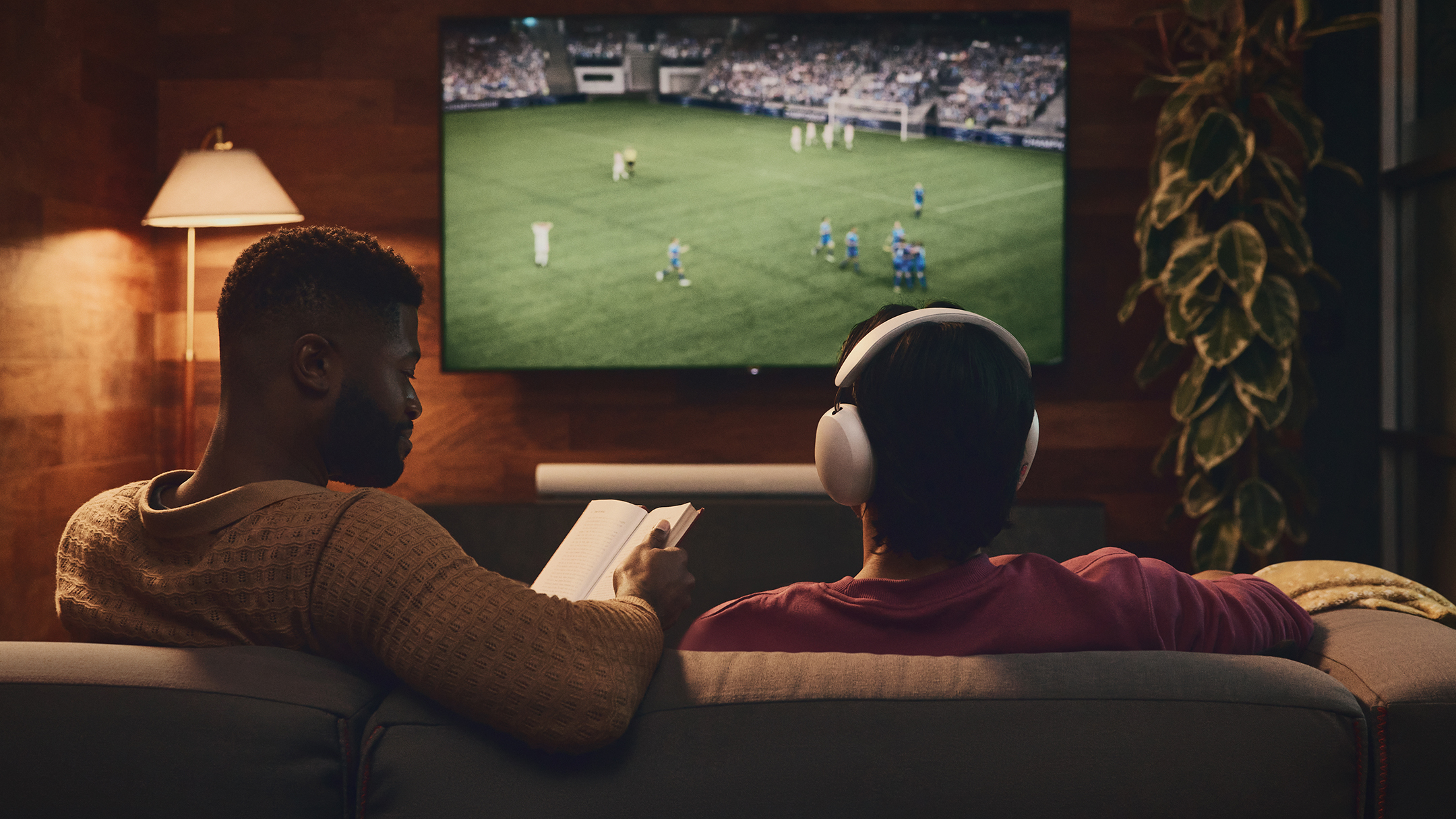 Sonos TrueCinema and TV Audio Swap deliver a personal home cinema experience – here's how it works
Sonos TrueCinema and TV Audio Swap deliver a personal home cinema experience – here's how it worksSonos' new headphones can deliver a personalised Dolby Atmos spatial audio experience
-
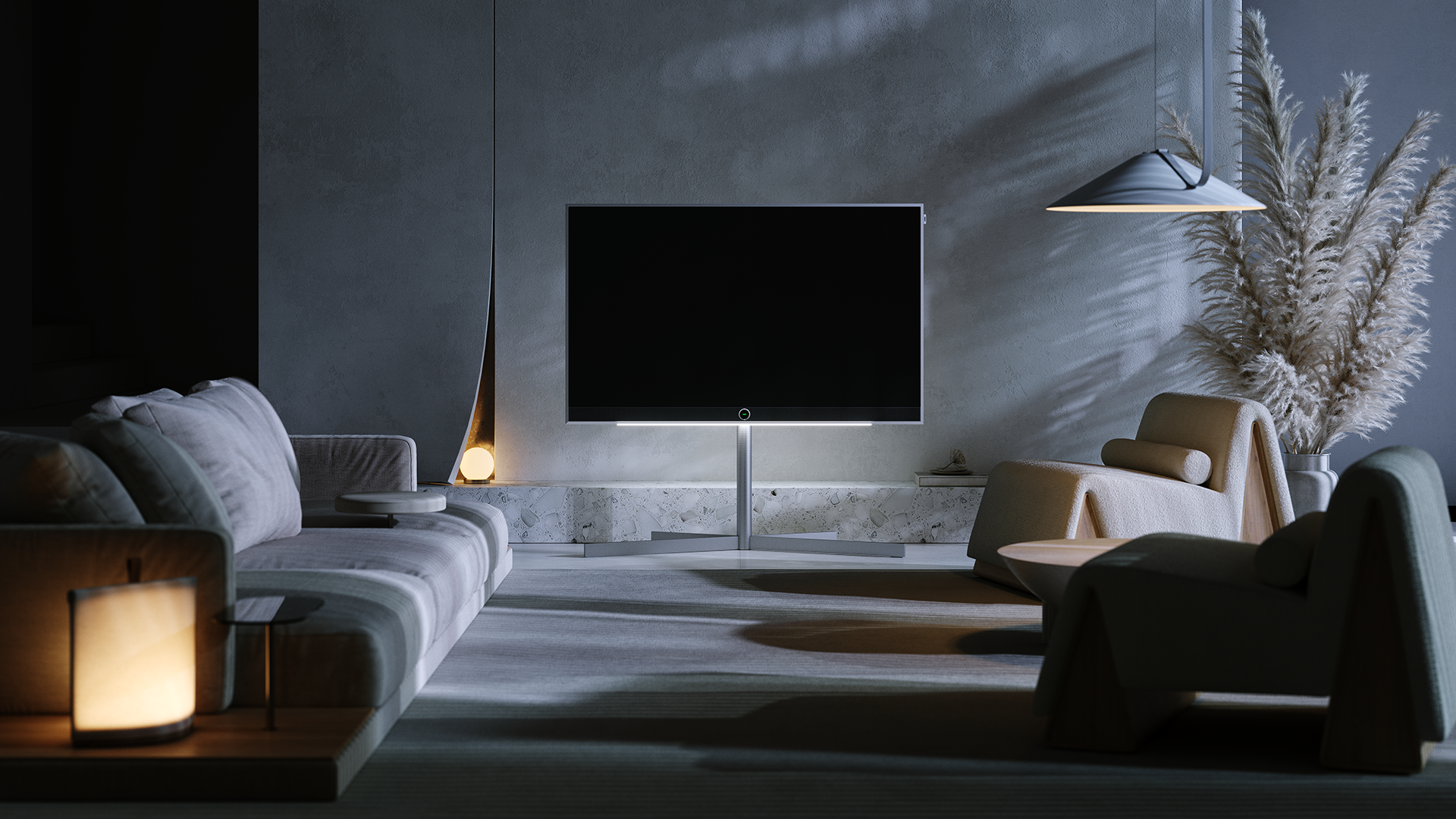 Loewe's Stellar OLED TVs aim to match picture performance with premium design
Loewe's Stellar OLED TVs aim to match picture performance with premium designDramatic designer TV choices
-

 LG G4 OLED review: a cinematic and gaming powerhouse
LG G4 OLED review: a cinematic and gaming powerhouseWith a new stand-mount option the LG G4 is even more appealing
-
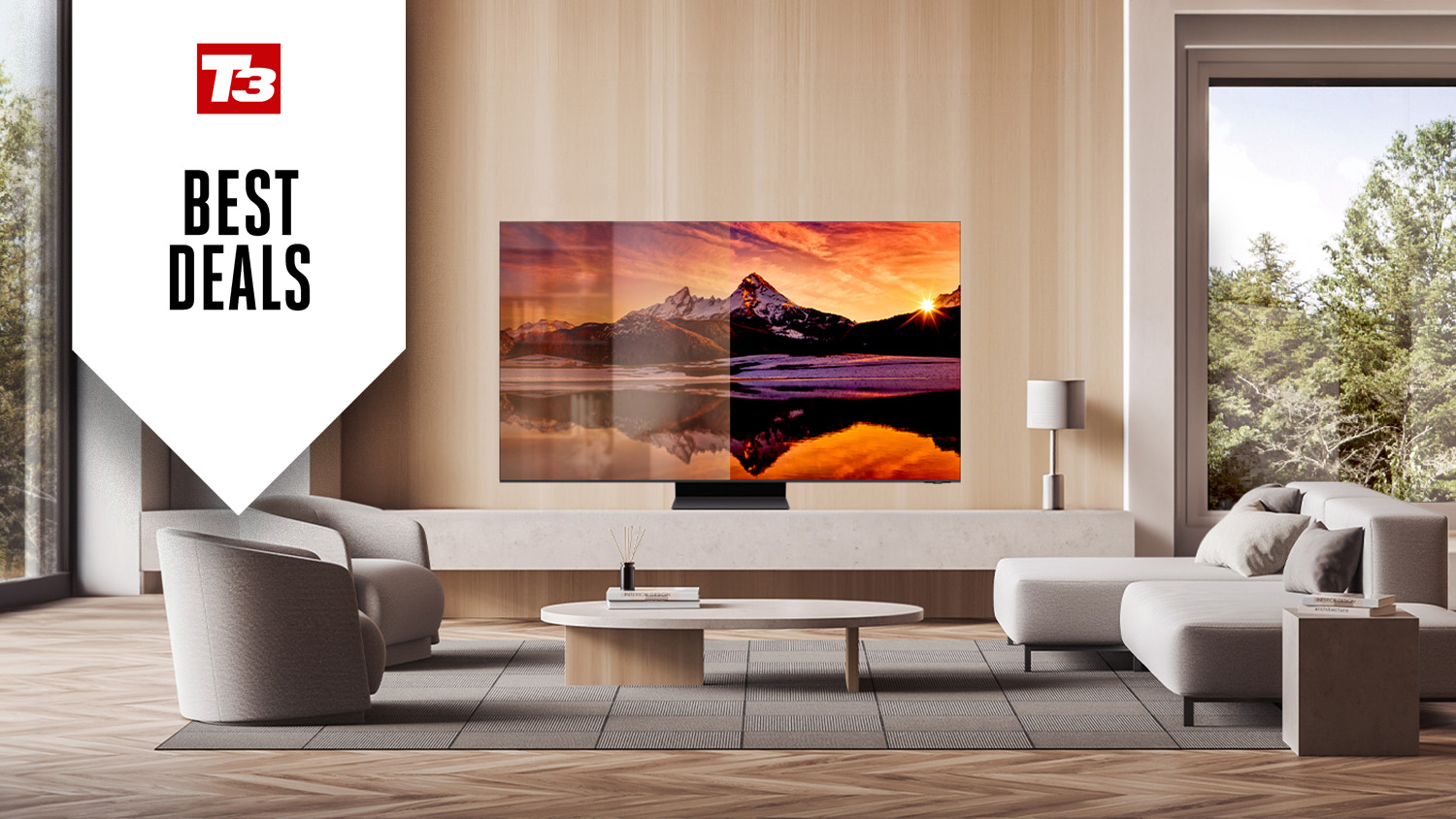 Samsung's latest 5-star TVs now come with a free Galaxy S24 flagship phone
Samsung's latest 5-star TVs now come with a free Galaxy S24 flagship phonePre-order an eligible 2024 Samsung 4K or 8K TV and you'll get an S24 or S24+ completely free – here's how
-
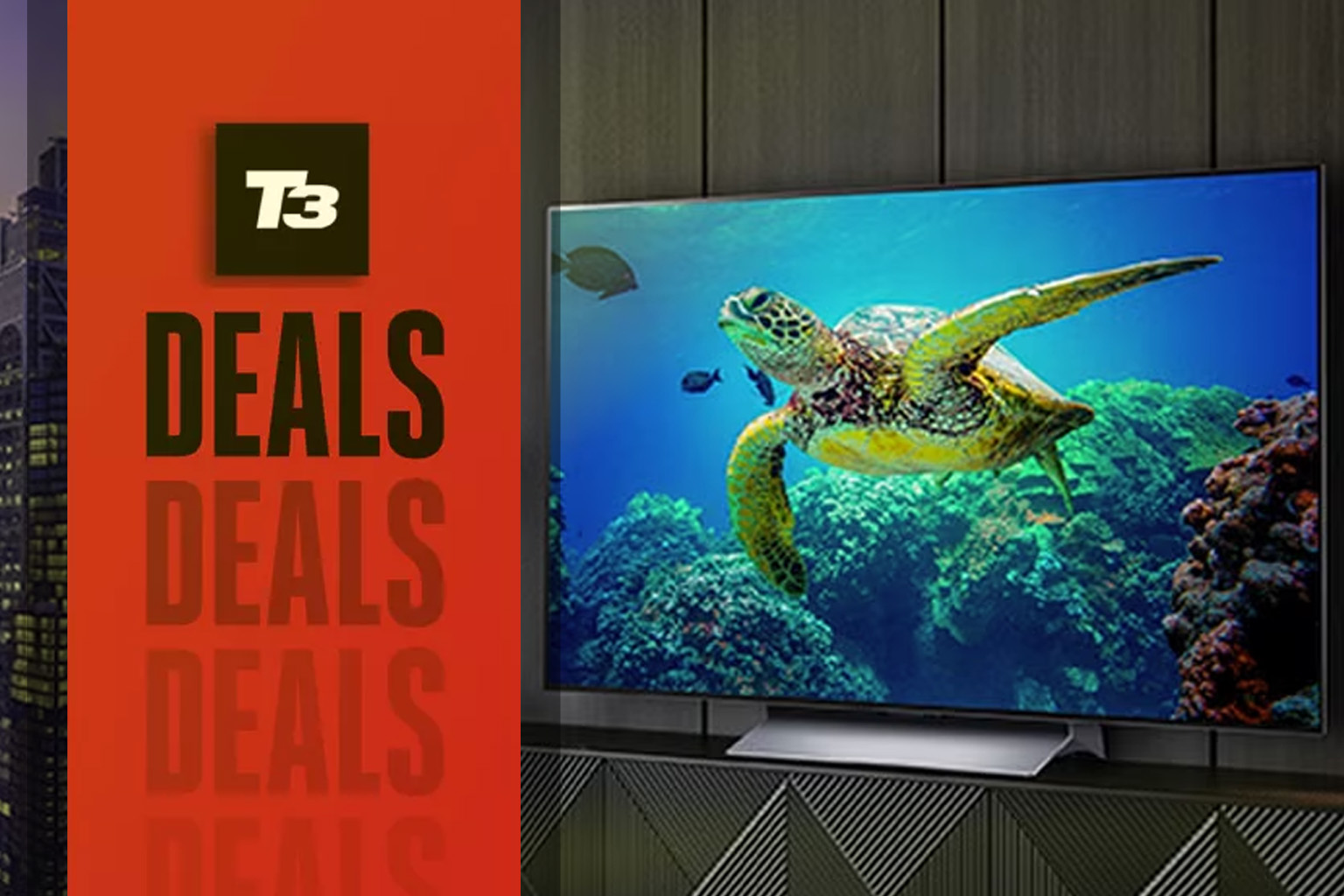 LG's best 2023 TV has 10% off
LG's best 2023 TV has 10% offGet a chunk off the LG C3 OLED


